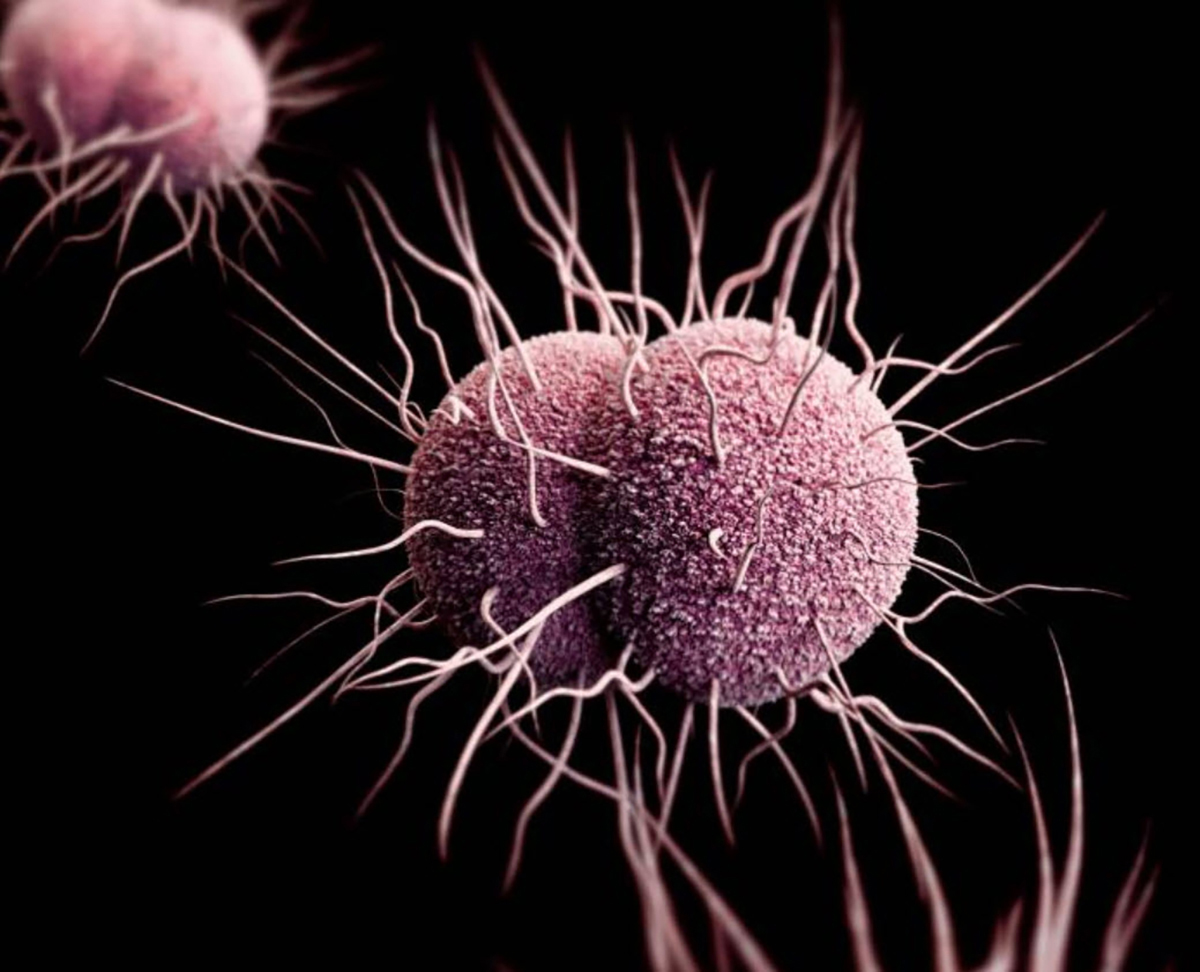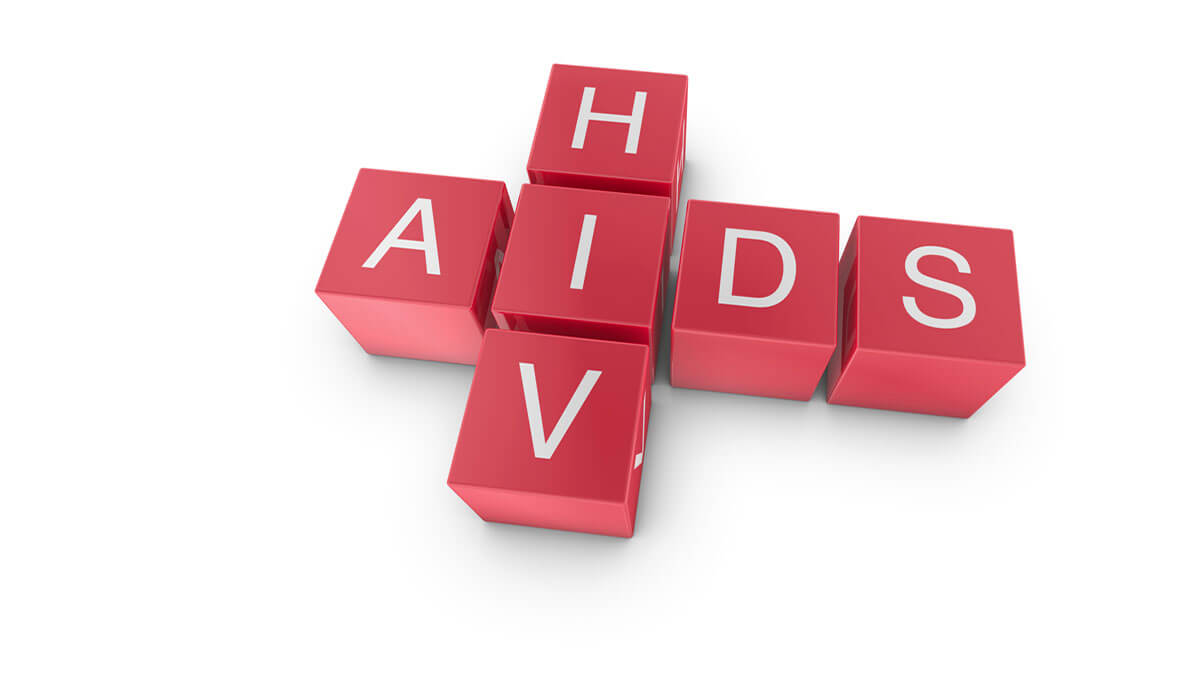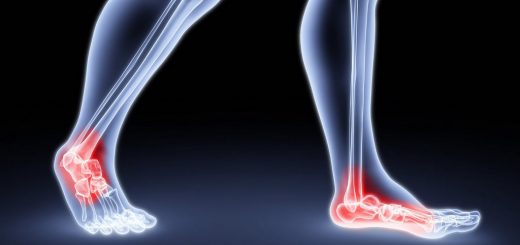The Most Prevalent STIs and STDs in Western Society
Across the world, there are a record 26 million reported cases of sexually transmitted infections (STIs) each year, many of which go unnoticed due to the patients not showing any symptoms. This makes it all the more important to take your sexual health seriously and to do things like practice safe sex with partners, discuss your sexual history, and get tested regularly.
Thankfully, many STIs can be cured, but it’s important to treat them in their early stages. Many STIs have serious long-term side effects if left untreated.
In the section below, we’ll cover the data surrounding the most common STIs in the developed world, including their symptoms and ways of prevention and treatment.
HPV
The most common STI these days is the human papillomavirus (HPV). There are more than 100 types of HPV, and in 2018, there were 43 million infections of HPV among young people. You can contract HPV sexually through vaginal, oral, or anal sex. Skin-to-skin contact can also transfer the virus. Thankfully, most types of HPV cause no harm and show no symptoms.
However, it’s still important to get tested as some strains of HPV can lead to genital warts or cancer of the mouth, throat, penis, or cervix. A pap smear is recommended to test for cervical cancer caused by HPV. There are three recommended vaccines (Cervarix, Gardasil, Gardasil-9) to infection with HPV. It is recommended that people from the ages of 11 to 26 get vaccinated against HPV.
The vaccine is also available for anyone up to the age of 45. Speak to your doctor about getting the HPV vaccine. The most common sign of HPV is genital warts. They are tiny, white, raised bumps found on your genital area. They shouldn’t be painful, but they can be a bit itchy.
Warts may also appear on other areas of your body like your feet, arms, hands, and fingers. They are usually textured and can appear darker than your skin. It’s important to note that sometimes warts do not appear until years after the initial moment of infection. Some HPV infections are asymptomatic and resolve on their own without treatment. However, some strains can lead to testicular, vaginal, or cervical cancer. That’s why it’s important to get the vaccine, as well as a pap smear to check for possible cervical cancer.
Chlamydia
Similar to other STIs, there may not be any noticeable symptoms, so it’s easier to spread the infection. This can be especially true for men, as they rarely get symptoms, so they may not seek testing. However, from 2015 to 2019, rates of chlamydia in men increased by 32.1% across the West.
Chlamydia is spread through vaginal or anal sex, but it is possible to receive it from oral sex as well. If you have any symptoms, you might feel some slight burning while you pee. You might have some unusual discharge from your vagina or penis, as well.
If you have chlamydia and it goes untreated, it can develop into pelvic inflammatory disease (PID), which is a serious pelvic infection that requires treatment with antibiotics. Untreated chlamydia may affect your ability to have children.

Gonorrhea
Similarly to chlamydia, you might not notice any symptoms. However, you might experience painful burning while peeing, or unusual discharge from your vagina or penis. Since sometimes gonorrhea does not have obvious symptoms, it’s important to get tested regularly.
If you’re sexually active, you should definitely get tested. In 2018, there were an estimated number of 75,683 reported cases of gonorrhea found amongst young people on college campuses. Just like chlamydia, if gonorrhea goes undetected and untreated, it can lead to fertility issues.
Trichomoniasis
Trichomoniasis is a tiny parasite that affects women more frequently than men. It can be transferred through penis to vagina contact, or women can transfer it when their genitals touch. Similar to other STDs, trichomoniasis only produces symptoms in about 30% of infected individuals.
If you do have symptoms, you may have sore, itchy, or burning genitals. You may experience burning with urination. Some yellowish, greenish, and odorous discharge can be expected as well.
Since trichomoniasis often is asymptomatic, many people do not get tested for it. It is estimated that almost 7 million people have trichomoniasis and do not know it.
Genital Herpes
It is estimated that 18.6 million people in the United States alone have genital herpes. Any skin-to-skin contact, no matter how minor, can transfer the virus. People are at their most contagious when they have blisters, but the virus can be passed along even without them.
There are two strains of the virus, HSV-1 known as oral herpes, and HSV-2 known as genital herpes. The main symptoms of genital herpes are irritating, painful blisters around the vagina, penis, or anus area. They can also hide inside your genitals where you cannot see them. However, not everyone with herpes will get blisters.
Herpes cannot be cured, but with the proper medication, it can be managed.
Syphilis
Syphilis is a very serious disease that rarely shows symptoms, but if it is not caught early on, it could develop into organ damage and even be life-threatening.
It has four stages consisting of symptoms and non-symptoms. The first stage is a painless sore on your genitals. It can look harmless, like an ingrown hair or a simple cut.
The second stage is a rash somewhere on your body, in addition to sores found in the mouth, anus, or vagina.
The third stage, known as the latent stage, is when symptoms disappear. It can last until the end of your life. That’s why it’s important to get tested regularly because 15% of people with untreated syphilis advance into the final stage.
In the final stage, syphilis can develop into brain, organ, and nerve damage.

HIV
HIV is one of the most well-known viruses and is the virus that causes AIDS. It can be passed through vaginal or anal intercourse. It can also be passed through the bloodstream, or by sharing needles.
HIV can weaken the immune system, although it may take years for the virus to reach this point. At first, the symptoms may be hard to detect. The initial infection feels like a bout with the flu, and you may have fatigue, a low-grade fever, and muscle aches. You’ll need to get your saliva or blood tested to determine if you have HIV.
Though there is not a cure, there are modern drugs that help people with HIV live long, fulfilling lives. If HIV goes undiagnosed or untreated, over time, it can take an extreme toll on the body’s immune system. At a certain point, your body will struggle to fight off any other infections.
Testing & Treatment
As previously stated, getting tested is a crucial part of a healthy sex life. It can help stop the spread of STDs and help you get any necessary treatment should you need anything. There are some treatment methods that can either cure or halt the progression of your STD. They vary whether the infection is viral or bacterial, and the timeline of infection.
When to See a Doctor
Anyone who is sexually active could benefit from getting tested for STIs and STDs, at least annually. You should also go to the doctor at the first sign of any concerning activity in your genital area, such as itching, burning while peeing, sores, foreign bumps, or cuts.



